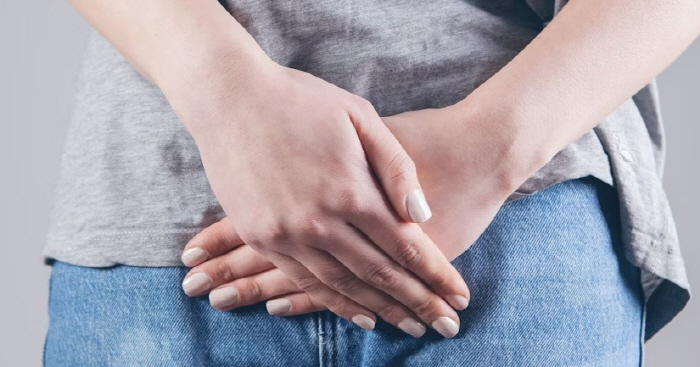
Understanding the Risks of Urinary Stones in Summer
During the summer, when people tend to sweat more, it's crucial to be mindful of urinary tract health. Urinary stones, a condition where hard deposits form in the urinary system, can cause significant discomfort and complications if not addressed promptly. These stones can develop in various parts of the urinary tract, including the kidneys, ureters, bladder, and urethra. Once they occur, there is a high likelihood of recurrence, making careful management essential.
According to recent statistics, urinary stones are most prevalent during the summer months, particularly in July and August. In 2023, over 335,000 patients sought medical attention for urinary tract issues, with the highest number of cases recorded in July and August. This trend has been consistent in previous years as well, highlighting the seasonal nature of this condition.
Dr. Lee Jang-hee, head of the urology department at Himchan General Hospital in Incheon, explains that increased sweating during the summer leads to reduced urine volume, creating an environment conducive to stone formation. The concentration of urine increases, which can lead to the accumulation of minerals such as calcium and phosphate, forming stones. Symptoms vary depending on where the stones are located, but flank or abdominal pain is often severe, accompanied by hematuria (blood in the urine).
Recognizing the Symptoms and Potential Complications
Lower abdominal pain combined with hematuria can be a sign of urinary stones. If left untreated, this condition can progress to kidney failure. In addition to pain, other symptoms may include turbidity in urine, frequent urination, and, in cases of infection, high fever, chills, vomiting, and indigestion. Individuals experiencing sudden flank pain should consider the possibility of urinary stones and seek medical attention promptly.
Urinary stones can be classified into different types based on their location within the urinary tract. These include kidney stones, ureteral stones, and bladder stones. The pain associated with these stones is often described as intense, akin to being stabbed by a knife or awl. Pain may spread to the lower abdomen, and treatment options depend on the size and location of the stones.
Treatment Options for Urinary Stones
Treatment for urinary stones varies depending on the size and position of the stones. Small stones, typically less than 5 mm in diameter, can often pass through the urinary tract with increased water intake or medication. However, larger stones, especially those exceeding 10 mm or located in the upper ureter, may require procedures or surgery.
One common procedure is extracorporeal shock wave lithotripsy, which uses external shock waves to break up the stones, allowing them to pass naturally. This method does not require anesthesia or hospitalization, making it a less burdensome option for many patients. Another treatment involves ureteroscopic stone removal, where a thin endoscope is inserted through the urethra to locate and remove the stones using a laser. This method is particularly effective for large or hard stones that cannot be easily broken down.
In some cases, a ureter stent may be placed to expand the ureter and reduce discomfort before the procedure. Recent advancements have also allowed for immediate surgical intervention in certain cases, minimizing patient discomfort and recovery time.
Preventive Measures and Lifestyle Changes
The most effective way to prevent urinary stones is to maintain proper hydration. It is recommended to consume approximately 2 to 3 liters of water daily. Excessive sodium intake can increase the amount of calcium in urine, raising the risk of stone formation. Therefore, it is advisable to limit sodium consumption to no more than 5 grams per day.
Reducing the intake of high-protein foods, chocolate, spinach, and nuts—especially those high in oxalates—can also help prevent stone formation. On the other hand, consuming fruits and vegetables rich in citric acid, such as oranges, tangerines, and lemons, can inhibit the development of calcium stones.
Dr. Lee Jang-hee emphasizes that individuals with a history of urinary stones should be vigilant about their water intake, as the recurrence rate can increase by about 7% each year. While prevention methods may vary depending on the composition of the stones, maintaining adequate hydration remains a key strategy for reducing the risk of future episodes.


Posting Komentar